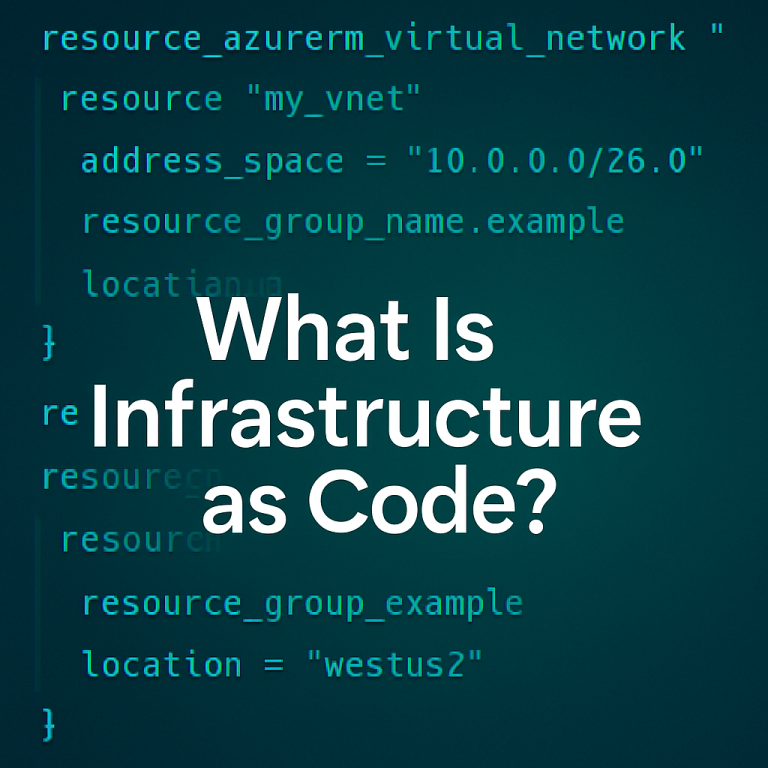Securing remote access to virtual machines is one of the most important responsibilities in any cloud-first architecture. Directly exposing VMs to the public internet increases risk and expands the attack surface. That’s where secure access patterns like jumpboxes, bastion hosts, and Azure Bastion come into play.
Each of these solutions provides a different level of control, visibility, and security. In this article, we’ll walk through what each method offers, with a deeper focus on how Azure Bastion simplifies secure access without requiring public IP addresses on your virtual machines.
What Is a Jumpbox or Bastion Host?
A jumpbox (sometimes called a jump server) is a virtual machine placed in a public subnet that acts as a gateway into your private environment. It is commonly used in development and test environments where teams want fast and lightweight access without setting up complex network rules.
A bastion host is a hardened version of a jumpbox used in production environments. It often has additional security measures in place, including patch management, limited user accounts, and network segmentation.
Key characteristics:
- Deployed in a public subnet with a public IP
- Used to initiate RDP (for Windows) or SSH (for Linux) into private resources
- Acts as a single point of entry, limiting exposure for internal systems
While effective, both models require ongoing VM maintenance, patching, monitoring, and careful configuration of firewall rules and access policies.
Azure Bastion: A Cloud-Native Approach
Azure Bastion is a fully managed service that provides secure, seamless RDP and SSH connectivity to Azure virtual machines without requiring those machines to have a public IP. Instead, users initiate sessions directly from the Azure portal over port 443 using Transport Layer Security (TLS), eliminating the need to open common RDP or SSH ports like 3389 or 22.
This approach reduces operational overhead, enhances security, and aligns with zero trust principles.
Benefits of Azure Bastion
Improved Security
- Private IP access only: Your VMs remain private, with no public exposure
- No inbound rules: NSGs do not need to allow inbound RDP or SSH traffic
- TLS tunneling: Sessions use encrypted connections over port 443
- Supports microsegmentation: Centralized access improves network defensibility
Browser-Based Access
- No client required: SSH and RDP sessions launch directly from the Azure portal
- Works across platforms: Compatible with Windows, macOS, and Linux
- Identity-driven: Enforces Azure role-based access and optional Conditional Access policies
Minimal Operational Overhead
- No VM management: Azure Bastion requires no OS patching or host monitoring
- High availability included: Built-in redundancy and zone resilience in the Standard tier
- No manual scaling or updates required
Role-Based Access and Policy Control
- Granular permissions: Assign who can access which machines using RBAC
- Policy enforcement: Use Conditional Access for MFA, device compliance, and geo-based restrictions
- Audit logging: Monitor all access through the Azure control plane
Monitoring and Observability
- Native logging: Send diagnostics to Log Analytics, Event Hubs, or Storage
- Audit sessions: Track login attempts, durations, and IPs
- Security integration: Use Azure Sentinel to detect anomalies or threats using KQL queries
Advanced Features with Azure Bastion Standard Tier
- VNet peering support: Connect to VMs in peered networks, ideal for hub and spoke models
- IP-based access: Option to connect to VMs directly via IP address
- Session recording (preview): Record sessions for compliance or training
Bastion Setup and Networking Best Practices
To deploy Azure Bastion:
- Create a dedicated subnet named AzureBastionSubnet with at least a /26 address space
- Apply NSG outbound rules that allow internet access for the Bastion service itself (inbound rules are not required)
- Ensure no outbound User Defined Routes (UDRs) from the Bastion subnet interfere with internet-bound traffic over port 443
- Avoid routing Bastion through firewalls or appliances that perform NAT or SSL inspection
When using VNet peering, make sure route tables in spoke networks allow Bastion to VM communication.
Which Remote Access Model Is Right for You?
Choosing the right solution depends on your environment:
| Use Case | Recommendation |
|---|---|
| Quick access for development or testing | Use a jumpbox for short-lived environments |
| High security and tighter control | Deploy a bastion host with hardened policies |
| Minimal overhead with enterprise-grade security | Adopt Azure Bastion for a browser-based, managed experience |
Final Thoughts
Azure Bastion is the modern evolution of the jumpbox. It removes the burden of managing host machines, reduces risk by keeping VMs private, and integrates tightly with Azure identity, networking, and security services.
At Exodata, we help teams design secure remote access patterns using Azure native services. Whether you’re setting up your first landing zone or enhancing an existing one, we can help align your architecture with Microsoft’s Well Architected Framework and Cloud Adoption Framework.
From infrastructure as code with Bicep to secure by default networking, our solutions prioritize long term scalability, compliance, and ease of use.
Let’s simplify secure access to your Azure environments—without compromise.










